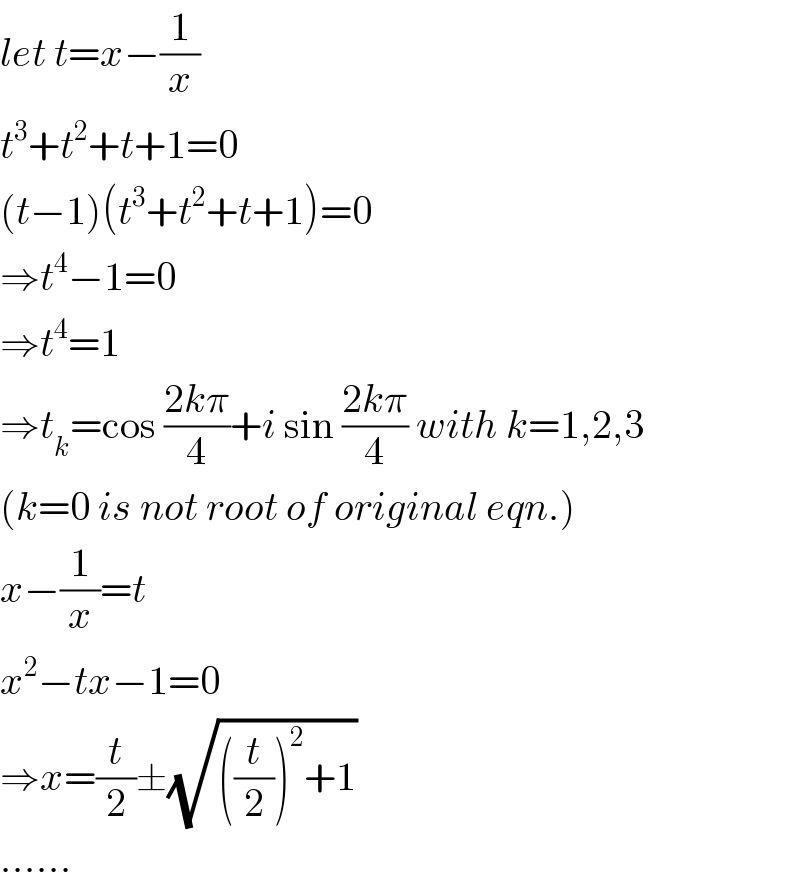
Question and Answers Forum
Previous in Relation and Functions Next in Relation and Functions
Question Number 96211 by mathmax by abdo last updated on 30/May/20

Answered by mr W last updated on 30/May/20

Answered by mathmax by abdo last updated on 30/May/20

Answered by MJS last updated on 30/May/20

Commented by mr W last updated on 30/May/20

